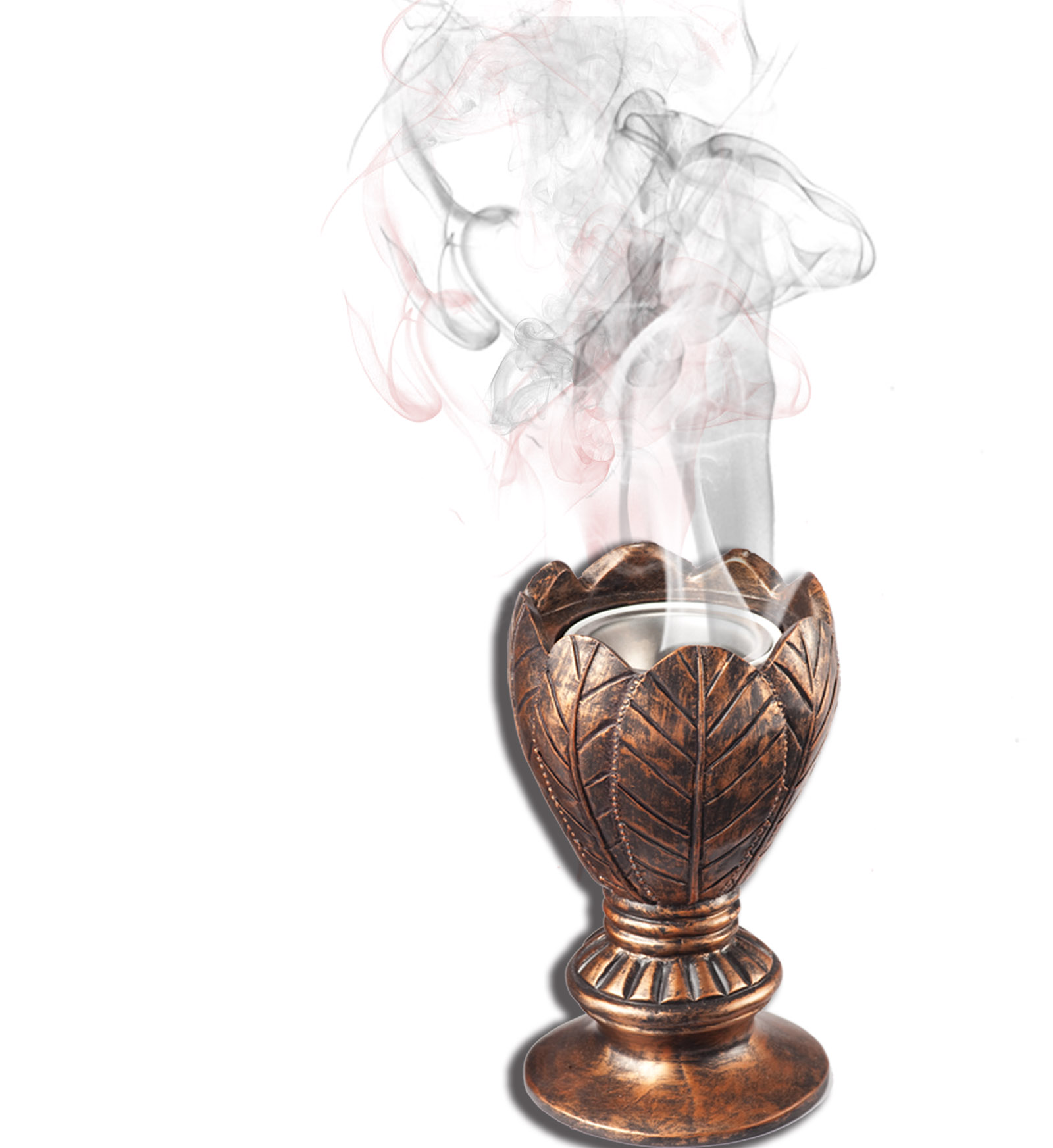Oud Heritage
Description
Oud, the Miracle Oud, the black gold (Agarwood, Gaharu, Jinko, Aloeswood, Eaglewood & many more names to be added) is the king of all aromas. More valuable than precious gemstones, oud’s natural wealth is derived from large evergreen trees of the Aquilaria family that are native to Bangladesh, India, Malaysia, Indonesia, Cambodia, Vietnam, Lao, Brunei, China, Sri Lanka & many more southeast Asian countries. Normally the heartwood of these trees is relatively light and pale in color. However, sometimes the trees are attacked naturally by a special type of fungus. They become infected, and in response to the attack they produce a dense, dark, aromatic resin. This embedded resin is called Oud (Agarwood), which is valued in many cultures for its distinctive, rich and beautiful natural fragrance. Oud is used in medicines, incense, perfume, cosmetics and religious practices. In some countries sculptures fashioned out of Oud are held in especially high esteem. In Japan and China it is believed that wearing a necklace or bracelet made of Oud brings good luck and keeps devils away.

History
The natural odour of Oud (Agarwood) is complex, aromatic and pleasing, with no similar, natural herbal analogues. As a result, Oud (Agarwood) and its extracted oil, have gained great cultural and religious significance amongst the rich and elite in ancient civilizations around the world. The Middle Eastern Gulf countries value Oud for traditional reasons: history indicates that, Adam carried a stick of Oud (Agarwood) in his hand when he came to earth, and Eve was dressed in the leaves of the Agarwood trees. Japanese, Taiwanese, Chinese and Vietnamese people attach religious significance to oud, and also use it as a natural, medicinal remedy.
Benefits of Oud:
Oud (Agarwood) possesses a salient mystery that has captured the hearts of pious Devotees, royal elites & elegant peoples for many centuries. Oud - this earthly, natural, unique and miraculous gift of God- has the rare ability to ground our inner being. As an intangible essence, it has the power to inspire our hearts & souls that we may glimpse the Divine realms.
Oud (Agarwood) is not only therapeutic to the mind and body- it is also an exercise in sensory refinement of the heart and soul. Experiencing the fine aroma of each distinct strand of Oud, you will discover an art form that is at once subtle and deeply powerful- an aroma that is both penetrating and naturally relaxing.
Elite and elegant clientele from nations around the globe employ this most rich, natural aroma to complement their personalities; others offer it to their God when they go to pray. Today the biggest consumers are Middle Eastern Gulf Arabs (UAE., KSA., Oman, Qatar, Kuwait & Bahrain are the biggest), followed by Japanese, Chinese, Taiwanese and Vietnamese, with growing interest being shown by Europeans, Americans and Canadians.
The benefit of using this natural aroma is that, once you apply this rich aroma to your clothes, a unique and heavenly scent will pervade your surroundings and will create a remarkable scented aura among others, bringing coolness to the heart and mind.You can avail yourself of the unique, rich, spiritual, mental and physical benefits of Oud (Agarwood) by visiting any of Oud Dubai’s showrooms, or other around the globe. However, “OudMiracle®” the brand of Oud Dubai assures of every piece with good smell.
Formation
There are fifteen species in the Aquilaria genus and eight are known to produce Oud (Agarwood). In theory Oud (Agarwood) can be produced from all members; however, until recently it was primarily produced from Aquilariamalaccensis. Aquilariaagallocha and Aquilariasecundaria are synonyms for Aquilariamalaccensis. Aquilaria-Krissana and Aquilariasinensis are the other two members of the same genus that are usually harvested.
Formation of Oud (Agarwood) occurs in the trunk, branch and roots of the trees that have been infected by a parasitcascomycetous mold, Phaeoacremoniumparasitica, a dematiaceous (dark-walled deep infected) fungus. As a response, the tree produces a resin high in volatile organic compounds that aids in suppressing or retarding the fungal growth. While the unaffected wood of the tree is relatively light in color & almost useless, the resin dramatically increases the mass and density of the affected wood, changing its color from pale beige to dark brown or black. In natural forest only as rare as 7% of the trees are infected by the fungus in natural way. A common method in artificial forestry is to inoculate all the trees with the fungus, but no sustainable result has yet been noted.
High quality resin comes from a tree's natural immune response to a fungal attack. It is commonly known as Oud (Agarwood) Super (King quality). An inferior resin is created using forced methods where aquilaria trees are deliberately wounded, leaving them more susceptible to a fungal attack. This has not yet produced Agarwood of valuable.
The Grades and Estimated Price of Oud
Agar wood is sold in many forms and grades.
- The high resinous sculptures have the most value and are considered valuable pieces of art and wealth.
- Chips and flakes are the most common forms of the trade. Depending on the grade, chips and flakes can be very expensive, with prices from US$50-100,000/kg.
- The remainder is sold as powder or used for oil distillation. The powder is less expensive than the chips and flakes, with prices varying from around US$20-150/kg.
- The oil varies significantly in quality. The major constituents of Agar wood oil are sesquiterpenes, a structure of which makes them very difficult to synthesize. Depending on its quality and purity, the prices range from US$2,000-78,000/kg.
- The waste Agar wood powder (after the oil has been extracted) sells for US$5-8/kg for making frankincense.
PURE OUD OIL
- There are few methods through which Oud (Agarwood) oil is distilled namely, traditional distillation, hydro-distillation, extreme steam distillation and supercritical CO2 extraction. Though, our preference remains on traditional distillation. However, the most common methods of distillation are hydro-distillation and steam distillation. Another thing that has its mark on the distillation of the oil is the maturity of the tree. Matured trees have higher resin content and just like a wine, old resin gets better with age. Speaking of the grading of Agarwood oil, the best quality oil comes out from better quality of Oud and its first distillation and after this the wood undergoes for second distillation. In above mentioned methods, after the oil has been distilled, it is filtered, sunned, and aged for a while. The more the oil aged, the better it will smell.
- We preserve the finest quality of aged Oud-oil which mostly comes from the traditional distillation process.




